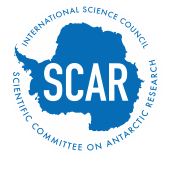|
Name ID: 114266
Place ID: 12381
An island lying on the eastern side of McMurdo Sound and extending for about 43 miles from Cape Bird on the north to Cape Armitage on the south, and about 45 miles from Cape Royds on the west to Cape Crozier on the east. This island is entriely volcanic, Mt Erebus, 4070m high, near the centre, being an active volcano; and Mt Terror, about 20 miles eastward, being an extinct volcano, 3300m high. Mt Bird rises to a height of 1720m about 7 miles southward of Cape Bird. This area was first discovered by Ross in 1841, but he thought it formed part of the mainland of Victoria Land. First discovered to be an island and named by the NAE, 1901-04, in 1902, for Sir James Clark Ross.
|
|
Name ID: 130958
Place ID: 12381
An island lying on the E side of McMurdo Sound and extending 43 mi from Cape Bird on the N to Cape Armitage on the S, and a like distance from Cape Royds on the W to Cape Crozier on the east. This island is entirely volcanic, Mount Erebus, 3,795 m, near the center, being an active volcano; and Mount Terror, 3,230 m, about 20 mi eastward, being an extinct volcano. Mount Bird rises to 1,765 m just S of Cape Bird. This area was discovered by Sir James Clark Ross in 1841, but he thought it formed part of the mainland of Victoria Land. Determined to be an island and named by the BrNAE (1901-04) for Sir James Clark Ross.
|

